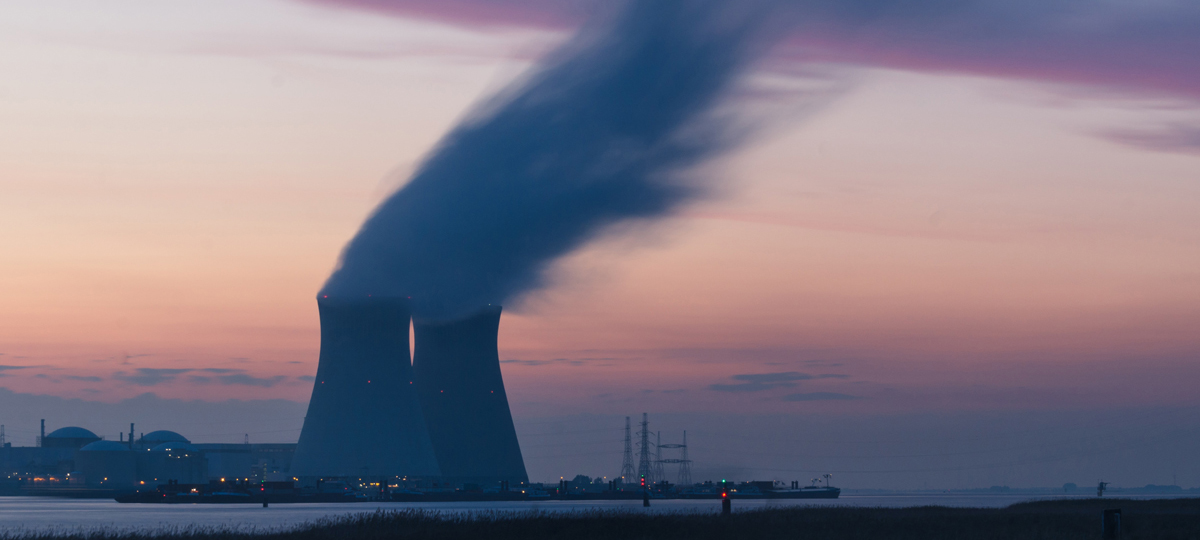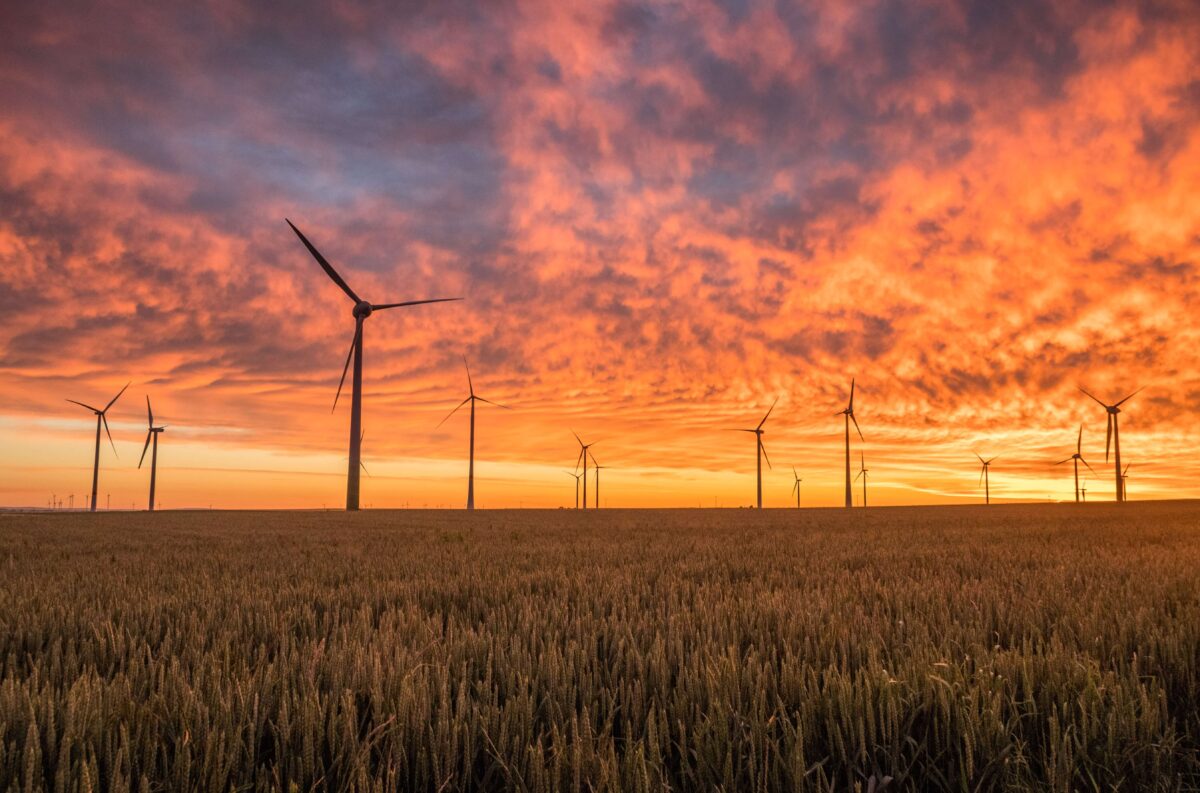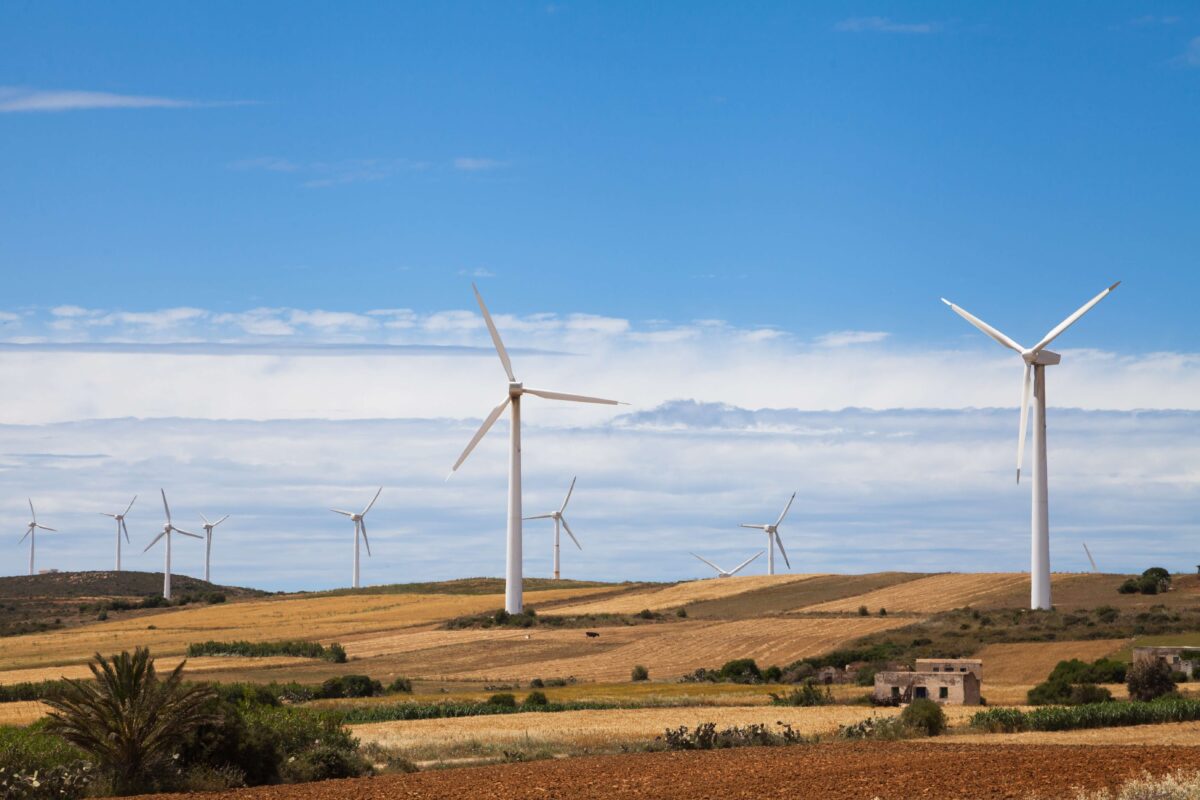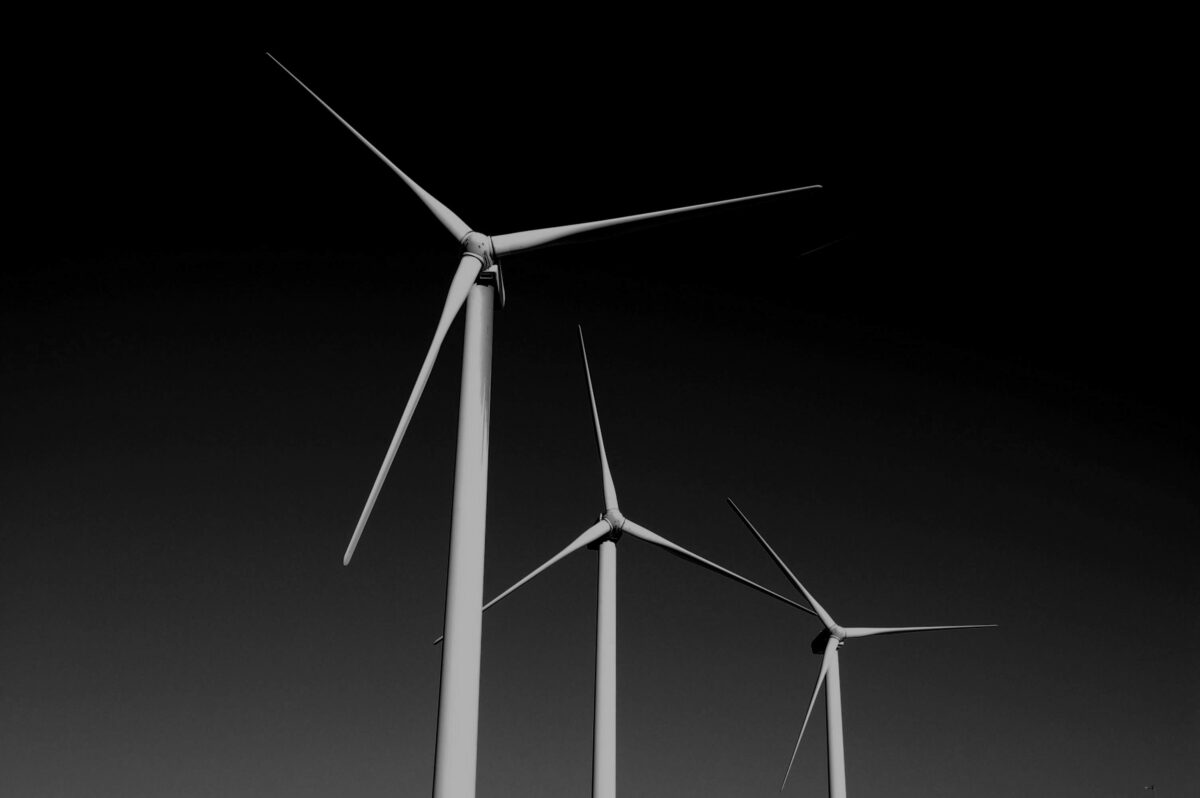Nuclear power… meets no technical or operational need that renewable competitors cannot meet better, cheaper, and faster
Nuclear fission plants have had some bad press recently. EDF have stated that Hinkley Point C faces even more delays with costs escalating to ~£22 billion. Japan’s new environment minister has called for the country’s nuclear reactors to be scrapped to prevent a repeat of the Fukushima nuclear disaster. And France has started to repower nuclear sites with PV: 62.5MW of solar near EDF’s Fessenheim nuclear station.
These incidents are proof that the world is witnessing an “organic nuclear phaseout” according to the 2019 World Nuclear Industry Status Report (WNISR), “the authoritative report on the status of nuclear power plants worldwide”. The WNISR2019 report states that over the past two years, the largest historic nuclear builder Westinghouse and its French counterpart AREVA have gone bankrupt. Trends suggest that the nuclear industry may have reached historic maxima, with nuclear power generation peaking in 2006, and fewer reactors operating today than in 1989. The report echoes the IPCC, stating that the political, economic, social and technical feasibility of solar energy, wind energy and electricity storage technologies has improved dramatically over the past few years, while that of nuclear energy and carbon dioxide capture and storage (CCS) in the electricity sector have not shown similar improvements. It reports that:
- In 2018, ten nuclear countries generated more power with renewable than with nuclear energy; China produced more power from wind alone than from nuclear; in the fiscal year ending March 2019, both wind and solar out-generated nuclear in India; and in the EU, renewables accounted for 95% of all new electricity generating capacity added in the past year.
- A record 165 GW of renewables were added to the world’s power grids in 2018, compared to 9 GW of nuclear.
- Global wind power output grew by 29% in 2018, solar by 13%, nuclear by 2.4%. Compared to a decade ago, non-hydro renewables generate over 1,900 TWh more power, exceeding coal and natural gas, while nuclear produces less.
- Over the past decade, cost estimates for utility-scale solar dropped by 88%, wind by 69%, but nuclear increased by 23%.

WNISR2019 urges everyone to meet climate targets by using least-cost and in-least-time principles. This means using non-nuclear options as they save more carbon per dollar and per year.
In many nuclear countries, new renewables can now compete economically with existing nuclear power plants. The closure of uneconomic reactors will not directly save emissions but can indirectly save more emissions than closing a coal-fired plant, if the nuclear plant’s larger saved operating costs are reinvested in efficiency or cheap modern renewables that in turn displace more fossil-fuelled generation.
While current nuclear programs are particularly slow, current renewables programs are particularly fast. New nuclear plants take 5–17 years longer to build than utility-scale solar or onshore wind power, so existing fossil-fuelled plants emit far more CO2 while awaiting substitution by the nuclear option.
Can we combine nuclei instead of splitting them?
When awarding £220 million of funding towards developing a nuclear fusion power station in Yorkshire by 2040, Business and Energy Secretary Andrea Leadsom said:
“This is a bold and ambitious investment in the energy technology of the future. Nuclear fusion has the potential to be an unlimited clean, safe and carbon-free energy source and we want the first commercially viable machine to be in the UK.”
Oxford-based start-up First Light Fusion believes fusion energy will replace the role of natural gas by the 2030s: take a look at the video to find out their approach.




